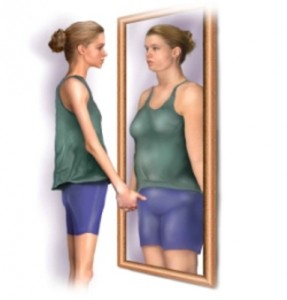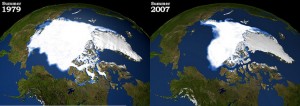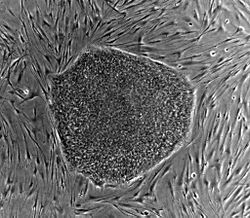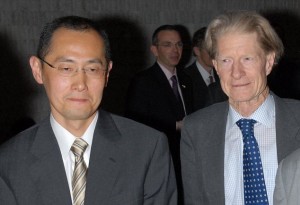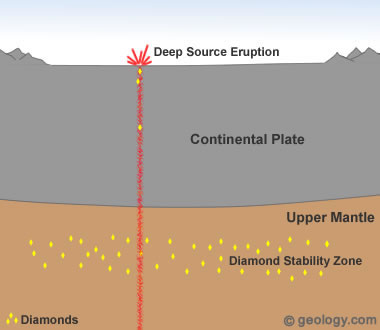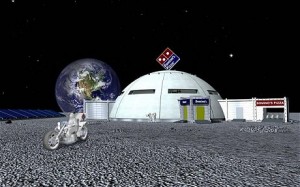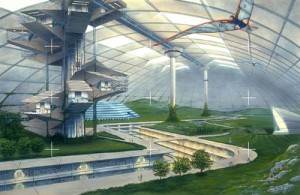New research suggests that foods such as tomatoes which contain the antioxidant lycopene may reduce men’s risk of stroke. Lycopene is an antioxidant compound that gives yellow, red, and orange vegetables and fruits their colour because they contain the pigment carotenoid. Papaya, watermelon, guava and apricots are also significant sources of lycopene. Lycopene decrease the formation of plaques in arteries leading to heart attacks and strokes. They also decrease stroke risk by preventing blood clots, blood platelets from clumping together and also inhibiting the production of cholesterol.
Jouni Karppi of the Univeristy of Eastern Finland published an article in the journal of Neurology showing that men who had higher levels of lycopene in their blood were 55% less likely to have a stroke when compared to those with lower levels of lycopene. 1031 men in Finland between the ages 46 and 65 took part in his study. Over the 12-year period of the study, only 67 men suffered a stroke. Most of the men who suffered from a stroke had low levels of lycopene in their blood. Although the study did show that people with higher levels of lycopene have fewer strokes, it did not prove that eating tomatoes reduced the risk of stroke. Karppi said that he will continue to do further research of the role lycopene play in decreasing the risk of chromic vascular disease.
Men should really consider eating more tomatoes. Not only do they have a chance of reducing men’s risk of stroke, but they may also lower the risk of certain type of cancer such as prostate, lung and stomach cancer. So to all the men out there, start to include more tomatoes in your diet! Your body will thank you in the future.
Posted by Mandy Choi





